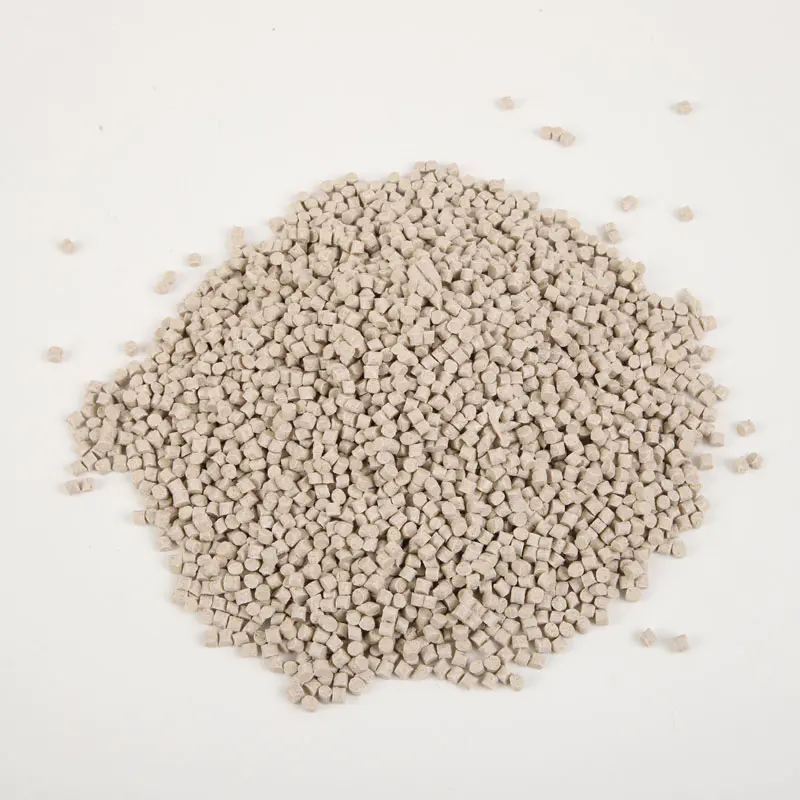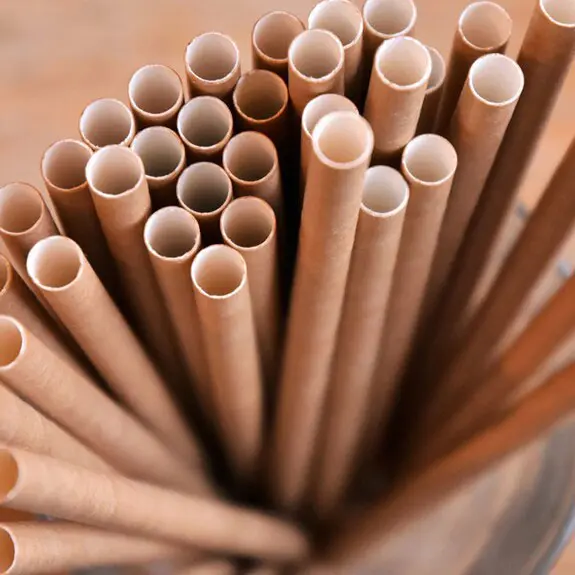Are All Bio-Based Plastics Biodegradable?
With the rising demand for sustainable materials, bio-based plastics have gained significant attention as an alternative to traditional petroleum-based plastics. However, many people assume that all bio-based plastics are biodegradable—which is not always the case. While some bio-based plastics decompose naturally, others behave much like conventional plastics and persist in the environment.
In this blog, we'll explore the differences between bio-based and biodegradable plastics, how they function, and why they are not always the same.
Understanding Bio-Based Plastics
Bio-based plastics are made partially or entirely from renewable biological sources, such as:
- Corn starch
- Sugarcane
- Potato starch
- Cellulose
These plastics reduce dependency on fossil fuels and lower carbon emissions, but their composition does not automatically make them biodegradable.
Biodegradable vs. Bio-Based Plastics: Key Differences
- Bio-based plastics are derived from renewable sources but may or may not break down naturally.
- Biodegradable plastics can decompose into natural elements (CO₂, water, and biomass) under the right conditions, but they are not necessarily made from bio-based materials.

Types of Bio-Based Plastics
Let’s look at different bio-based plastics and whether they are biodegradable:
1. Polylactic Acid (PLA) – Biodegradable
- Derived from corn starch or sugarcane
- Biodegradable under industrial composting conditions (not in natural environments)
- Commonly used in food packaging, disposable cutlery, and 3D printing
2. Bio-Polyethylene (Bio-PE) – Not Biodegradable
- Made from sugarcane but has the same molecular structure as petroleum-based PE plastic
- Can be recycled but does not break down naturally
- Used in plastic bottles, shopping bags, and food packaging
3. Bio-Polypropylene (Bio-PP) – Not Biodegradable
- Functions like traditional PP plastic, with high durability
- Used in automobile parts, packaging, and textiles
- Recyclable but not biodegradable
4. Polyhydroxyalkanoates (PHA) – Biodegradable
- Produced by microorganisms through fermentation of organic materials
- Fully biodegradable in both soil and marine environments
- Used in medical sutures, packaging films, and biodegradable straws
Why Does This Distinction Matter?
Many companies market bio-based plastics as eco-friendly, leading to confusion about their actual environmental impact. While they reduce fossil fuel reliance, non-biodegradable bio-based plastics still contribute to plastic waste unless properly recycled.
The Best Approach: Biodegradable & Compostable Standards
To ensure plastics break down safely, look for certifications like:
- ASTM D6400 (U.S.)
- EN 13432 (EU)
- OK Compost (TÜV Austria)
Final Thoughts
Not all bio-based plastics are biodegradable. Some decompose naturally, while others remain as durable as traditional plastics. When choosing eco-friendly materials, it’s essential to differentiate between bio-based, biodegradable, and compostable plastics to make the best decision for sustainability.
Would you like to explore industries using biodegradable plastics or compare their benefits further? Let me know!
Jiangsu Jinhe is a Chinese manufacturer and supplier, mainly producing bamboo fiber plastics, bio-based plastics, straw fiber plastics, etc., with many years of experience. Bamboo fiber plastic is a new type of environmentally friendly material. A new type of environmentally friendly material made of bamboo as raw material through processing. It has the characteristics of high strength, light weight, and degradability, and is suitable for home furnishing, tableware, stationery, daily necessities and other fields. Visit our website at www.bio-based.cn to learn more about our products. For inquiries, you can reach us at vena@bio-based.cn.
- What Makes Starch-Based Plastic the Future of Sustainable Materials?
- What Makes Straw Fiber Plastic the Future of Eco-Friendly Materials?
- What Makes Bamboo Fiber Plastic the Future of Sustainable Material Innovation?
- Why choose Bio-Based Plastic for Sustainable Materials?
- What are the functions of Sustainable Coffee Grounds Plastic?
- What is the Difference between Sustainable Bamboo Fiber Plastic and Regular Plastic?













